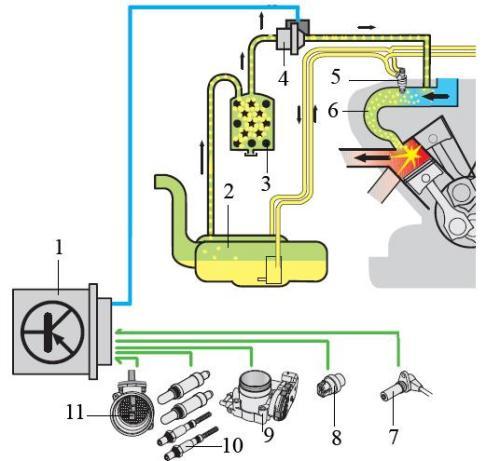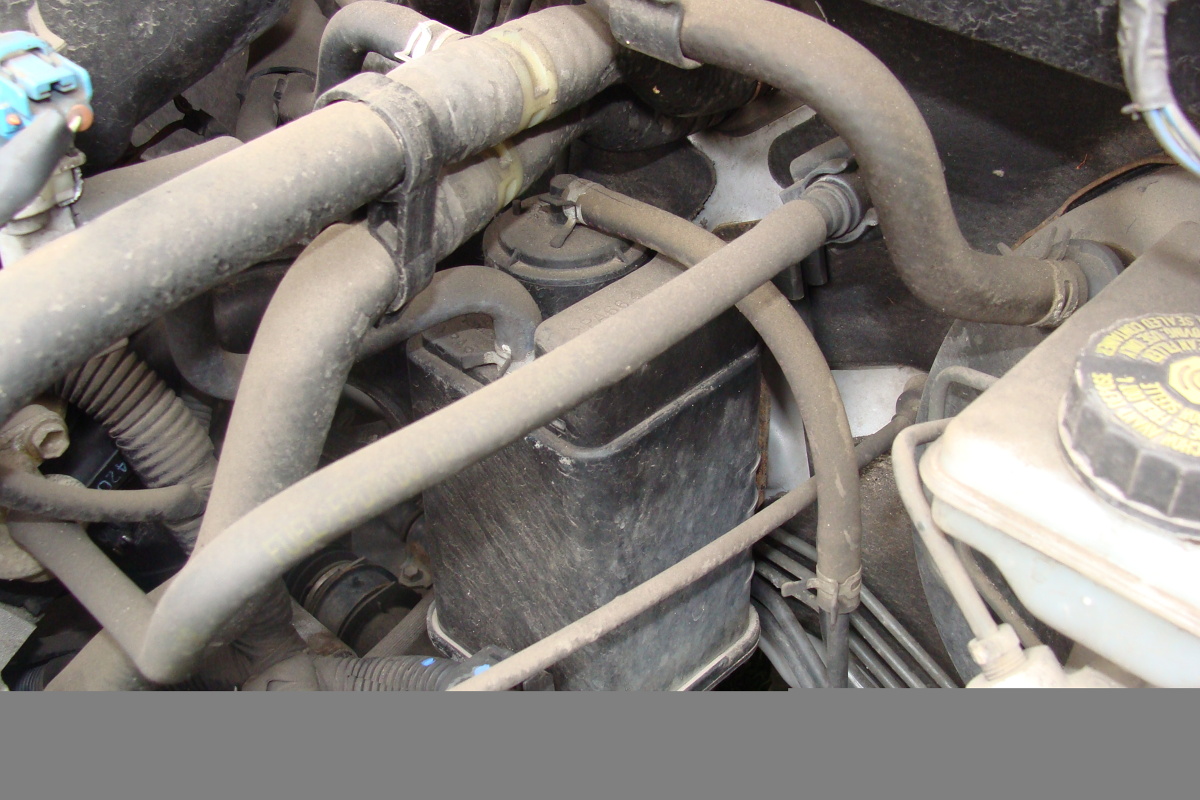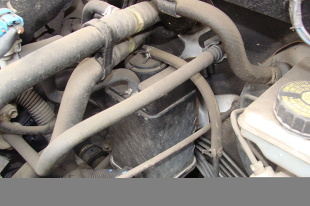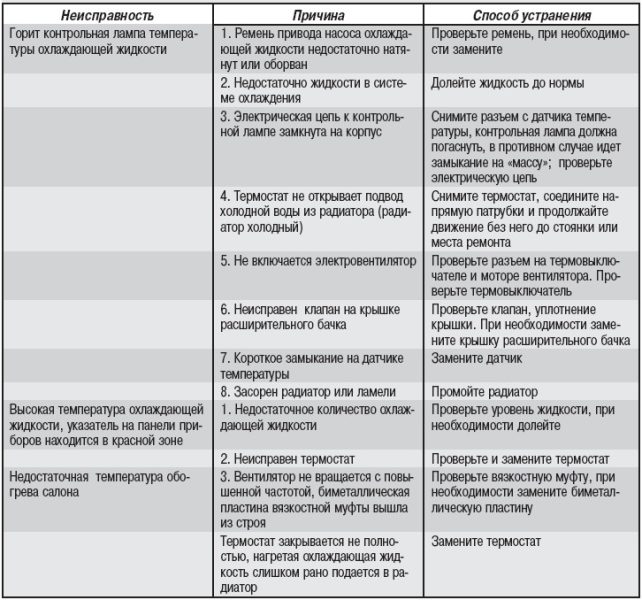
How does the fuel tank ventilation system work?
 The fuel vapors that form in the tank cannot escape. Controlled by the fuel tank ventilation system controller.
The fuel vapors that form in the tank cannot escape. Controlled by the fuel tank ventilation system controller.
 Fuel vapors harmful to the environment are emitted from the tank into the activated carbon container, which absorbs them. From there, in liquid form, they enter the intake manifold. Air is supplied to the fuel vapor adsorber to free the activated carbon from the fuel accumulated in it. The negative pressure created sucks the fuel out of the coal. Between the canister and the intake manifold in the supply line is a fuel vapor control solenoid valve. During the operation of the engine, the controller sends certain impulses to it, which to varying degrees affect the degree of opening of the valve, which translates into the amount of air with the fuel sucked out of the coal.
Fuel vapors harmful to the environment are emitted from the tank into the activated carbon container, which absorbs them. From there, in liquid form, they enter the intake manifold. Air is supplied to the fuel vapor adsorber to free the activated carbon from the fuel accumulated in it. The negative pressure created sucks the fuel out of the coal. Between the canister and the intake manifold in the supply line is a fuel vapor control solenoid valve. During the operation of the engine, the controller sends certain impulses to it, which to varying degrees affect the degree of opening of the valve, which translates into the amount of air with the fuel sucked out of the coal.
The valve remains closed when the engine is started. It is only activated when the drive unit has reached a certain operating temperature. The periodic valve opening and opening time are determined by the controller based on signals such as from the throttle position sensor and lambda probe. Valve control refers to the so-called adaptive systems, which means that the control device adapts the valve opening and closing cycles to changing engine operating conditions.
The EOBD on-board diagnostic system checks the operation of the fuel tank ventilation system. In the capacitive test, opening the valve, depending on the degree of filling of the canister with fuel vapor, changes the composition of the mixture. This change to the lambda probe upstream of the catalytic converter confirms that the fuel tank ventilation system is working. In turn, during the so-called B modulation test, the engine control unit cyclically opens and slightly closes the valve, as a result of which changes occur, i.e. intake manifold pressure modulation. It is measured by a pressure sensor and on the basis of this, the engine control unit evaluates the effectiveness of the tank ventilation system.
